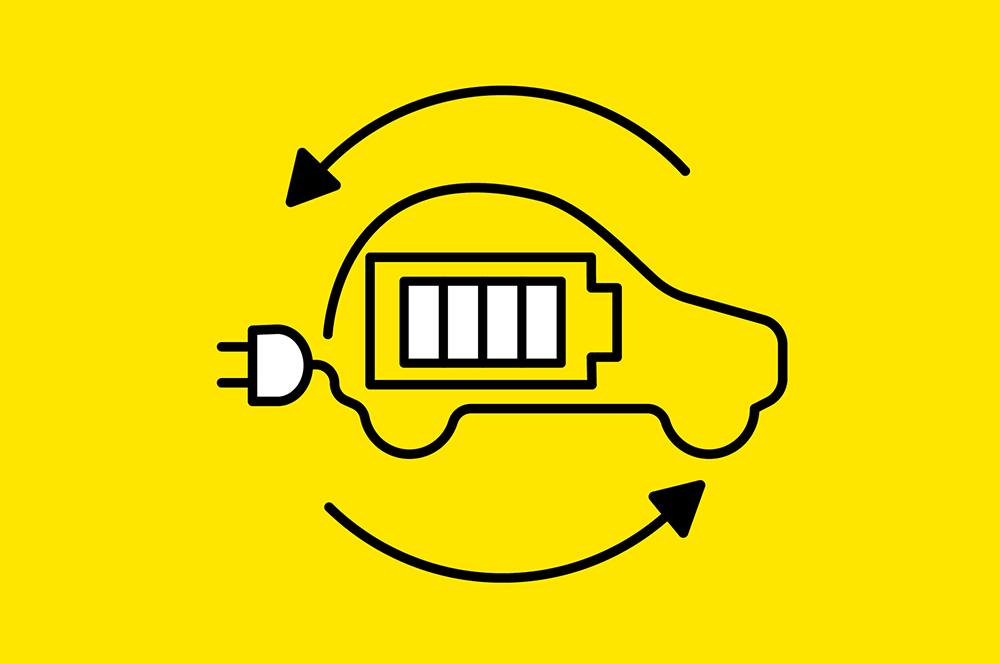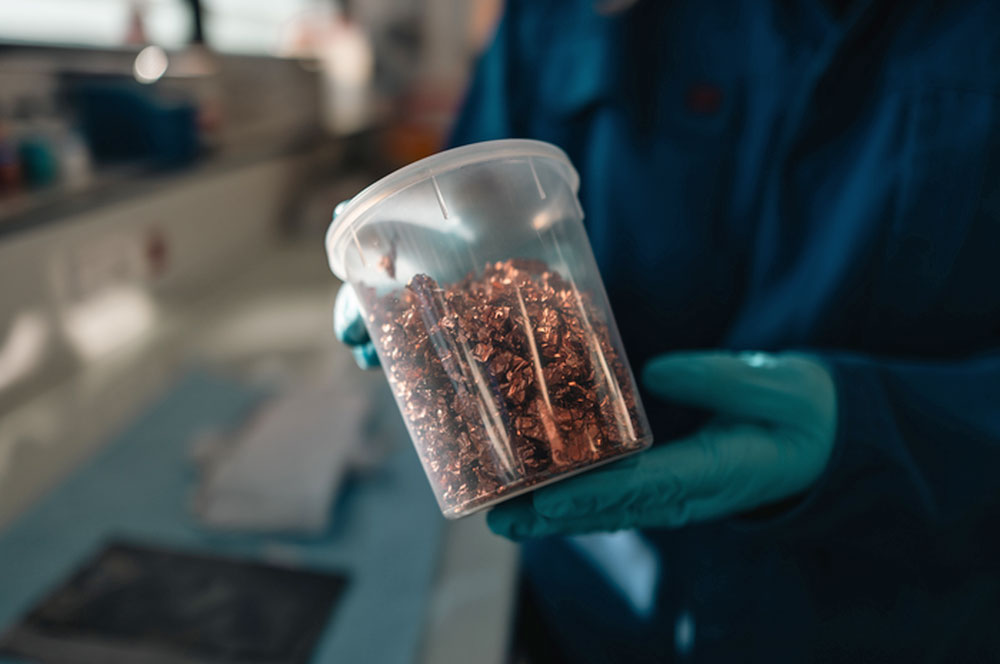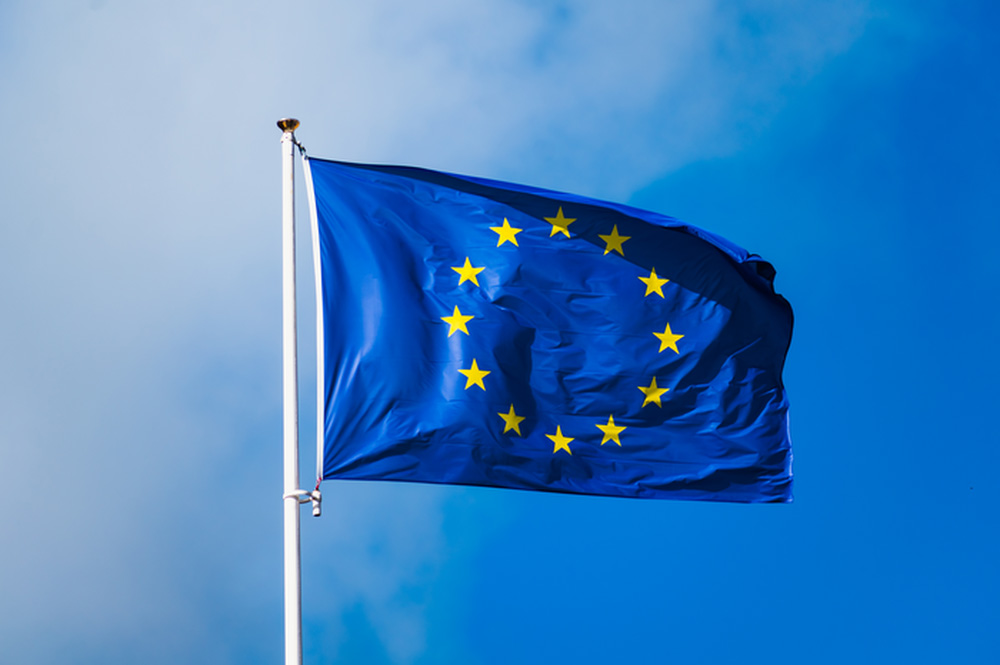
Recycling of electric car batteries:
a key challenge for sustainable mobility
Battery recycling: an ecological challenge

Electric car batteries on the European market are, for the most part, lithium-ion batteries and contain strategic metals such as lithium, cobalt or nickel, the mining of which can have significant environmental and societal impact.
These metals are mainly exploited by industry in Asia, including in China, which accounts for 80 % of the global market for production of electric vehicle batteries.
The point of recycling is to recover the materials of interest for reuse in the manufacture new batteries, thus developing a circular economy, while creating sustainable jobs in France and Europe to enhance the EU's strategic autonomy.
The good news is that this process can be repeated over and over again! In other words, addressing the issue of recycling helps to extend the life cycle of resources and limit the need for mining finite materials.
Recycling is thus a key step to make the electric car really sustainable.
What is the life time of an electric car battery?
The life time of an electric car battery is gradually increasing as the technology develops. It varies between 10 and 15 years depending on the quality of the battery, the usage of the vehicle and the charging conditions which have an impact on its performance.
It is generally measured in charge-discharge cycles, with an average of 1,000 to 1,500 cycles.
The life time of a battery does not necessarily define the end of life of the vehicle. An end-of-life battery may still retain 70 % of its initial capacity. Below that, it is considered to no longer be suitable for automotive use. But the battery may
then embark on a second life: for example to supply power to energy storage systems for buildings (hospitals, schools, businesses), support electric power grids to absorb peaks in consumption or store renewable energy (solar and wind power) to smooth
electric power generation.
This re-use phase may extend the life time of batteries by several years, reducing demand for new raw materials. It is only once this productive phase is complete that batteries should enter a recycling loop to recover the strategic metals.
With advances in technology, the life time and energy efficiency of electric vehicle batteries is set to continue to improve.
The component materials of an electric car battery

Electric vehicle batteries contain strategic metals such as lithium (lithium-ion batteries), cobalt, nickel and manganese. Their chemical composition varies depending on battery technologies. There are two main technologies for electric vehicle batteries:
- NMC (Nickel-Manganese-Cobalt) batteries: currently the most common type of battery due to their very good performance, but costly due to the presence of strategic metals such as cobalt and nickel;
- LFP (Lithium-Iron (Fe)-Phosphate) batteries: these don’t contain any cobalt or nickel, so they are less costly and are attracting growing interest from automotive manufacturers.
These raw materials are largely rare, costly and often sourced from geopolitically sensitive regions. The recycling of electric vehicle batteries importantly allows the extraction of new resources to be limited to a degree.
How is a lithium-ion battery recycled?
The electric battery recycling process involves recovering and purifying valuable materials (cobalt, manganese, nickel, lithium, graphite) contained in end-of-life electric vehicle battery modules or scrap from gigafactories (gigascrap), for re-use in new components.
Recycling is carried out in 2 steps:
- pre-processing of the end-of-life batteries and gigascrap. Using physical and chemical processes, this step first makes the batteries safe by removing any residual energy and then moves on to concentrate the material by a physical process of sorting and separation. This pre-processing step produces a "black mass" rich in the metals of interest (cobalt, nickel, manganese) from the battery cathodes, a graphite-based powder present in the anodes and other co-products: aluminum, copper and plastic;
- hydrometallurgy. This involves chemical processes consisting mainly of purifying the metals (by eliminating residual impurities) contained in the "black mass", isolating them and then transforming them for re-use as precursors in the re-manufacturing of cathode materials for batteries.
The battery recycling sector encouraged by European regulations
Since August 2023, European regulations require the gradual introduction of recycled materials in new battery modules (cobalt, nickel, lithium). The aim is to limit the pressure on natural resources and reduce imports of materials of interest while at the same time developing a degree of European autonomy in critical battery materials. The quality of these materials of interest is especially important as it impacts the quality of new electric vehicle batteries and their future life time.

This will oblige manufacturers, as of 2027, to recover 90% of the cobalt and of the nickel and 50% of the lithium contained in batteries. By the end of 2031, these rates are set to rise to 95 % for cobalt and nickel and 80 % for lithium.
The stated aim of the European Union (EU) is that new electric vehicle batteries contain recycled materials in the proportions of 26 % for cobalt, 15 % for nickel and 12 % for lithium by 2036.
The EU has recently adopted a regulation which establishes a "battery passport", which will be a mandatory requirement as of February 18, 2027 for electric vehicles. A QR code will provide information on traceability of the battery, the origin of the materials it contains, the share of recycled content and the battery's carbon footprint.
For its part, the European Commission is going to make a budget of 852 million euros available to accelerate European electric vehicle battery production. The aim of this initiative, known as "IF24 Battery", is to subsidize companies and consortiums developing innovative battery cells or advanced manufacturing processes. It is in line with the Commission's objective of enhancing European technological autonomy.
The ramp-up of projects for plants in France (Nord-Pas-de-Calais) and in Europe (Germany, Sweden, Poland, etc.) illustrates the EU's desire to stimulate the growth of this sector in Europe.
Orano's expertise in the recycling of electric car batteries
On the strength of its know-how and industrial expertise in the recycling of used nuclear fuels, Orano is now embracing the challenge of electric mobility by developing an innovative electric battery recycling sector in France.
To make this ambition a reality, Orano has joined forces with a Chinese partner, the XTC New Energy group, on a joint industrial project, Neomat, devoted to the manufacturing and recycling of materials for electric batteries.
The future site, located in Dunkirk, will host two cathode material (PCAM and CAM) manufacturing plants and one plant for the recycling of materials contained in electric vehicle batteries.
This project, designated "strategic" by the European Commission under the terms of the CRMA (Critical Raw Materials Act) in March 2025, aims to secure the supply of critical raw materials in order to strengthen European sovereignty.
By using an innovative hydrometallurgical process adapted to the specificities of lithium-ion batteries, Orano is helping to meet the objective set by the European Union of gradually introducing recycled materials in new electric vehicle batteries.
